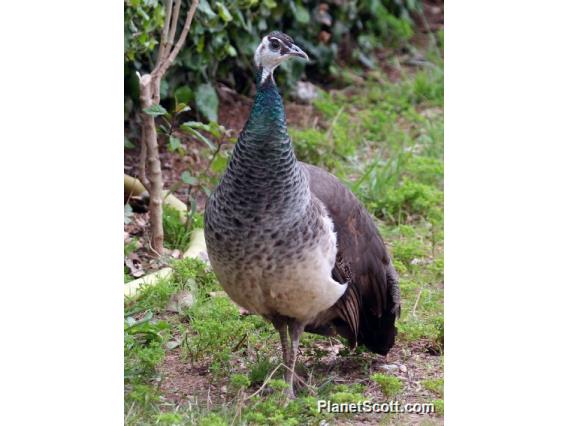Indian Peafowl (Pavo cristatus)

Indian Peafowl (Pavo cristatus)
×


Indian Peafowl (Pavo cristatus)
About Indian Peafowl (Pavo cristatus)
- Kingdom: Animals
- Phylum: Chordates
- Class: Birds
- Order: Turkey-like birds
- Family: Grouse, Turkeys, and Allies
The Indian peafowl, also known as the common peafowl, or blue peafowl, is a species of peafowl native to the Indian subcontinent. While it originated in the Indian subcontinent, it has since been introduced to many other parts of the world. Male peafowl are referred to as peacocks, and female peafowl are referred to as peahens, although both sexes are often referred to colloquially as a "peacock".
Source: Wikipedia
Visits
-
-
2006-01-09
Kheoladeo National Park, India -
2014-03-09
Los Angeles County Arboretum and Botanic Garden, United States of America -


